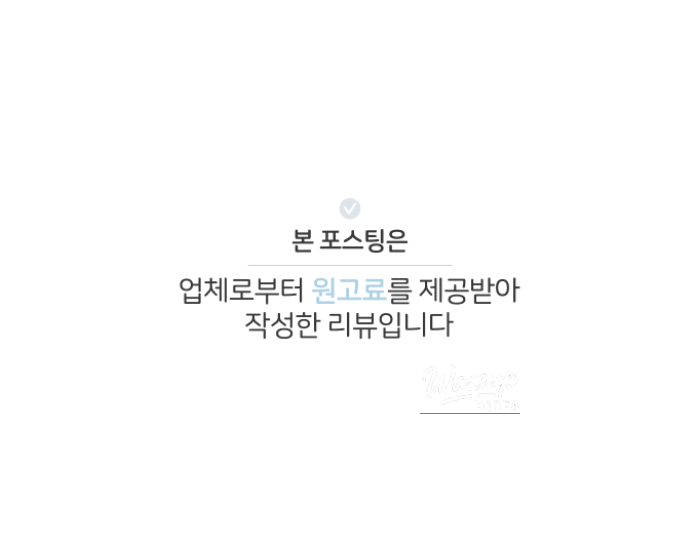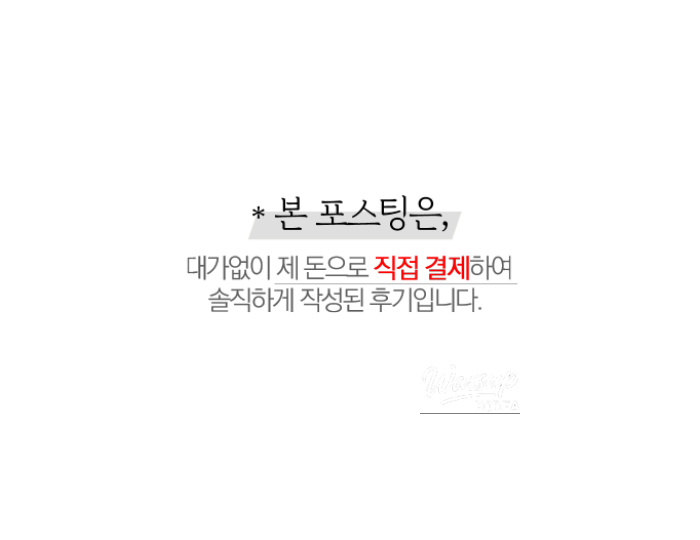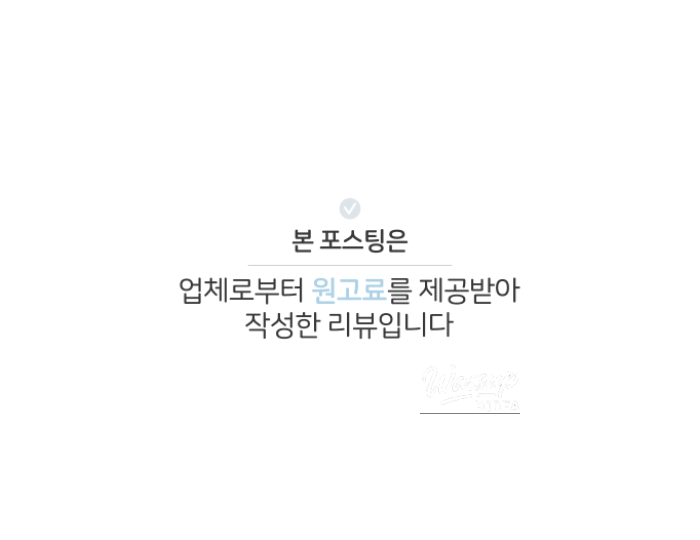A Taste of Royalty: Exploring the Gyeongbokgung Saenggwabang Festival
161, Sajik-ro, Jongno-gu, Seoul

Table of Contents
Introduction to the Gyeongbokgung Saenggwabang Festival
Historical Significance and Cultural Value of the Saenggwabang
Composition of Paid Experience Programs
Satisfaction Gained from the Actual Experience
Elements That Provide Value Beyond the Admission Fee
Visitor Reviews and Vivid Reactions
Attractive Points That Call for a Return Visit
Frequently Asked Questions (FAQ) - 8 Questions
Introduction to the Gyeongbokgung Saenggwabang Festival
This autumn of 2024, a special traditional cultural festival will be held once again at Gyeongbokgung Palace. This is the 'Saenggwabang Festival.' This event will be held for about two months, from September 3rd to November 3rd, and the Saenggwabang space, which was in charge of the king and queen's desserts, will be open to the general public.
This festival is not just about looking around the palace, but a rare opportunity to actually taste the traditional sweets and medicinal teas that the Joseon Dynasty king ate. The Saenggwabang inside the Sojubang building, the venue for the event, is usually restricted to the public, so there is a special charm that can only be enjoyed during the festival.
✔ Festival Period: September 3, 2024 ~ November 3, 2024
✔ Location: Saenggwabang in Sojubang Building, Gyeongbokgung Palace
✔ Features: Operation of royal court desserts, medicinal tea tasting, and experience programs
Many people say, "I hesitated because it was a paid experience, but after visiting, I didn't regret the admission fee at all." This is because you can feel both historical value and emotion at the same time.
Historical Significance and Cultural Value of the Saenggwabang
The Saenggwabang was one of the six divisions of the Joseon Dynasty palace and was in charge of the king and queen's desserts and special meals. The name itself gives the feeling of a 'royal snack room,' but in reality, it was not just a place to prepare simple desserts, but a place that contained both health and dignity.
In the royal court, food was regarded as medicine according to the philosophy of 'yakshikdongwon' (food and medicine have the same origin). Therefore, the traditional sweets and teas made in Saenggwabang were not just simple snacks, but important means of managing the king's health. For example, ginger tea prevented colds during the change of seasons, Chinese matrimony vine tea was good for restoring energy and eye health, and Dasik (tea cookies) used seasonal grains to capture the feeling of the season.
✔ Saenggwabang = Dessert in charge space + Royal health management office
→ Contains both the function and ritual meaning of food
✔ Ingredients that change with the seasons
→ Healthy by using seasonal ingredients and medicinal herbs
In addition, the Tteok (rice cakes) made in Saenggwabang were also used in important ceremonies and events. They always appeared at the birth of the crown prince, the queen's birthday, and large banquets. Dasik, Yugwa (oil-and-honey pastry), and Yakgwa (honey cookies) were not just a pleasure to eat, but symbols of the royal family's authority and dignity.
Experiencing Saenggwabang through the festival today is not just about eating traditional desserts, but about directly meeting the Joseon Dynasty's life philosophy and culture. That's why you can feel value beyond the admission fee.
Composition of Paid Experience Programs
All of the Saenggwabang Festival experiences are operated for a fee, but the program composition is so well-organized that participants say it is an “experience beyond the price.”
The first is the royal court tea and dessert experience. Royal court Tteok and medicinal tea are set on a traditional tea table and served, and a professional commentator explains the origin and efficacy of the food. It is not just a time to eat, but the storytelling adds to the emotion.
The second is the Dasik making experience. The experience includes kneading five-grain powder and honey and stamping it directly with a Dasik mold. You can choose a seasonal pattern to create your own Dasik and package it to take home.
The third is the royal court food lecture. A royal court food researcher directly participates and explains the royal court dessert culture, the philosophy of Yakshikdongwon, and the symbolism of Tteok. It is especially popular with those who want academic depth or are interested in traditional food.
✔ Royal Court Tea and Dessert Experience: Tteok and medicinal tea tasting + commentary
✔ Dasik Making Experience: Direct production and packaging experience
✔ Royal Court Food Lecture: Increased understanding through expert explanation
Each program has a different price range, but all are not just ‘eating events’ but opportunities to experience traditional culture and stories together. This is why participants don't feel like they are wasting their admission fee at all.
Satisfaction Gained from the Actual Experience
If you participate directly in the Saenggwabang Festival, you will gain much greater satisfaction than simply eating delicious desserts.
Sitting at the royal court tea table and facing Tteok and medicinal tea, you can't help but think, 'Did the king and queen sitting in this place enjoy desserts while watching the same scenery?' There is a great emotion in having the same experience as historical figures.
Also, thanks to the story told by the commentator, you learn that there is a hidden meaning in each dessert. From the sense of the season contained in the pattern of Dasik, the symbolism of Yakgwa in rituals, and the reason why Yugwa was always present at royal banquets, a simple bite expands into a cultural experience.
✔ Experience the story of Tteok and medicinal tea together
→ Not just food, but historical and cultural experience
✔ Stimulates imagination connected to royal life
→ The experience itself is like a time travel
Looking at the participants' reviews, there are many comments such as “It was worth more than the admission fee” and “I was satisfied with the taste, learning, and atmosphere.” The reason why it stays in your heart for a long time even after the experience is that the taste and story of tradition are conveyed together.
Elements That Provide Value Beyond the Admission Fee
Many people who have experienced the Gyeongbokgung Saenggwabang say, “It wasn’t a waste of money.” The reason is that it is not just an event to eat desserts, but a time filled with experiencing culture and history together.
First, there is scarcity. Saenggwabang is a space that is usually restricted from entry, so you can only enter during the festival period. Just being able to directly experience this special place is a valuable opportunity.
Second, there is professional commentary. You can hear explanations based on the Annals of the Joseon Dynasty and court records, rather than just tasting sweets. Knowing the historical context of food makes the experience much deeper.
Third, there is a hands-on program. You can participate using all five senses by making Dasik yourself or savoring medicinal tea. Seeing, eating, and making are connected as one, so it stays in your memory longer.
✔ Opening of a space that cannot be visited normally
✔ In-depth learning through expert commentary
✔ Five-sense satisfaction completed through direct experience
All of these elements combine to make it not just a paid experience, but a traditional cultural event that gives more than the admission fee.
Elements That Provide Value Beyond the Admission Fee
Many people initially think, “Isn’t it burdensome because it’s a paid experience?” but after visiting, they say that the admission fee was not a waste at all. The reasons can be summarized in several ways.
First, you can experience a space that you can never enter normally. The Saenggwabang in the Sojubang building of Gyeongbokgung Palace is not normally open to the public, but it is specially opened only during the festival period. The space itself is already a special experience.
Second, the food is historically researched. Rather than simply imitating traditional sweets, the actual royal recipes have been restored based on the Annals of the Joseon Dynasty and records, so the taste that the king in history ate is recreated.
Third, there is professional commentary and storytelling. When you listen to the explanation while adding the meaning of Tteok and tea, it becomes a place for cultural heritage education rather than a simple tasting. If you are with children, you can also gain educational value.
✔ Saenggwabang space that is not normally open to the public
✔ Joseon Dynasty Annals-based verified desserts
✔ Cultural depth added by expert commentary
With these three elements combined, participants unanimously say that it is “a more valuable experience than the admission fee.” This is why the revisitation rate is high.
Visitor Reviews and Vivid Reactions
Most of the reviews from visitors who have visited the Saenggwabang Festival are positive. Looking at online reviews and on-site interviews, the most common comment was “The admission fee was not a waste at all.”
One participant said, “I felt like I was the king of the Joseon Dynasty when I tasted the royal court tea and dessert,” and another visitor gave a high rating to the satisfaction of family-based experiences, saying, “The Dasik making experience was a great memory for the children.”
✔ Emotion about ‘the experience of tasting the king’s desserts directly’
✔ A particularly popular program for family visitors
Foreign participants also said, “The most special experience in Seoul,” and said that it was a differentiated experience from simple tourism. The reaction from global tourists was also very good in the sessions where English commentary was provided.
Among the reviews, there were also specific evaluations such as “My body warmed up after drinking the tea” and “The sweetness of the Tteok was not excessive, so it tasted healthy.” This shows that Saenggwabang desserts are not just simple snacks, but healthy food.
In this way, the Saenggwabang experience can be said to provide value beyond the admission fee in that it is a festival that satisfies visitors of all ages and nationalities.
Attractive Points That Call for a Return Visit
Many of those who have experienced the Gyeongbokgung Saenggwabang Festival often say, “I have to come again next time.” It has a charm that doesn’t end with just one visit.
First, the program changes every season. In autumn, chrysanthemum-patterned Dasik and warm ginger tea go well together, but in spring, plum blossom-patterned Dasik and refreshing flower tea are prepared. So you can feel a different atmosphere every year.
Second, there is a different charm depending on the time of day. During the day, you can feel a warm atmosphere in the sunshine-filled building, and at night, you can enjoy the cozy sensibility of Gyeongbokgung, which is dimly lit. Even if it is the same program, it feels like a completely different experience depending on the time of day.
Third, the verification is updated every year. Royal court food researchers reflect new records to slightly change the types of Tteok or the composition of medicinal tea every year, so repeat visitors are always provided with a new experience.
✔ Seasonal menu and pattern changes
✔ Different emotions given by day and night
✔ New programs that reflect verification every year
For this reason, many people who have experienced it once book again, and it is so popular that it is nicknamed “Autumn event that you must go to every year.”
Frequently Asked Questions (FAQ) - 8 Questions
Q1. When does the Gyeongbokgung Saenggwabang Festival take place?
A1. It runs for about two months, from September 3 to November 3, 2024. It is closed on Tuesdays due to the palace's closing day.
Q2. How much is the admission fee?
A2. A separate experience fee is required in addition to the Gyeongbokgung Palace admission fee. The basic experience costs ₩20,000, the Dasik making experience costs ₩30,000, and the advanced lecture course costs about ₩35,000.
Q3. How do I make a reservation?
A3. You must make a reservation in advance through Naver Reservation, Interpark, or the Gyeongbokgung Palace official website. Competition is so fierce that on-site registration is almost impossible.
Q4. What kind of experiences are offered?
A4. There are various programs such as royal court tea and dessert tasting, Dasik making experience, and royal court food lectures.
Q5. Can children also participate?
A5. Yes, you can. The Dasik making experience is especially popular with children. However, the tasting of medicinal tea may be partially restricted.
Q6. Can foreigners also participate?
A6. Yes, you can. There are sessions where English commentary is provided, and English information materials are also available.
Q7. Is it okay to take pictures freely?
A7. Personal photography is allowed, but flashes and tripods are restricted. It is best to enjoy the atmosphere quietly and take pictures.
Q8. Will there be a different experience if I revisit?
A8. Yes, there is. The menu and atmosphere vary depending on the season and time of day, and new configurations are added every year to reflect verification.

No comments yet.






